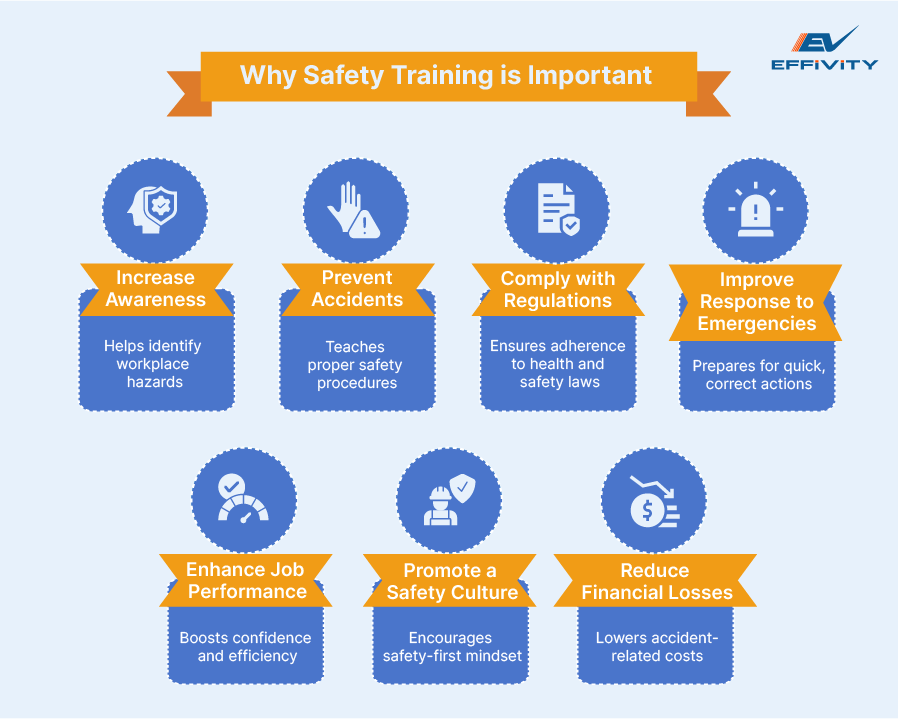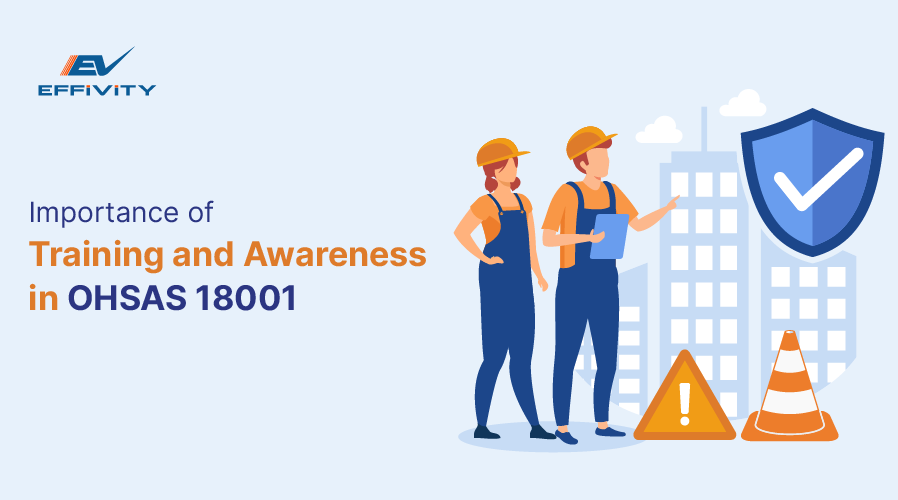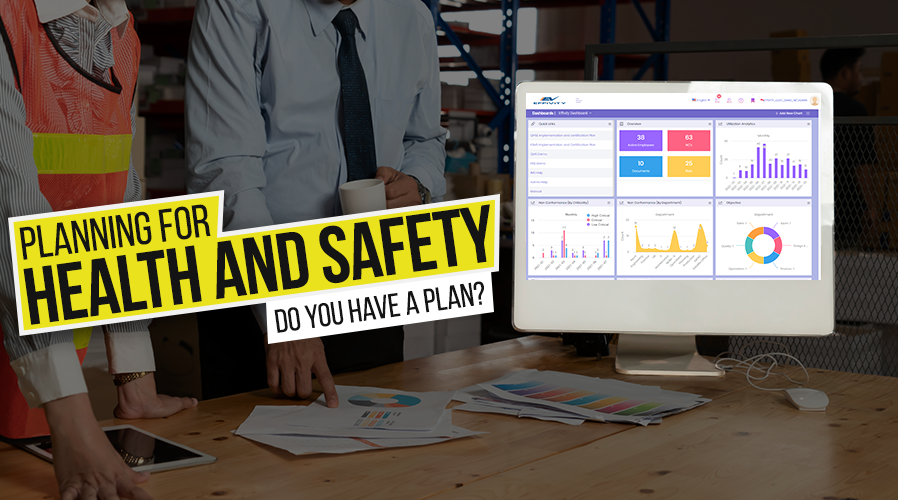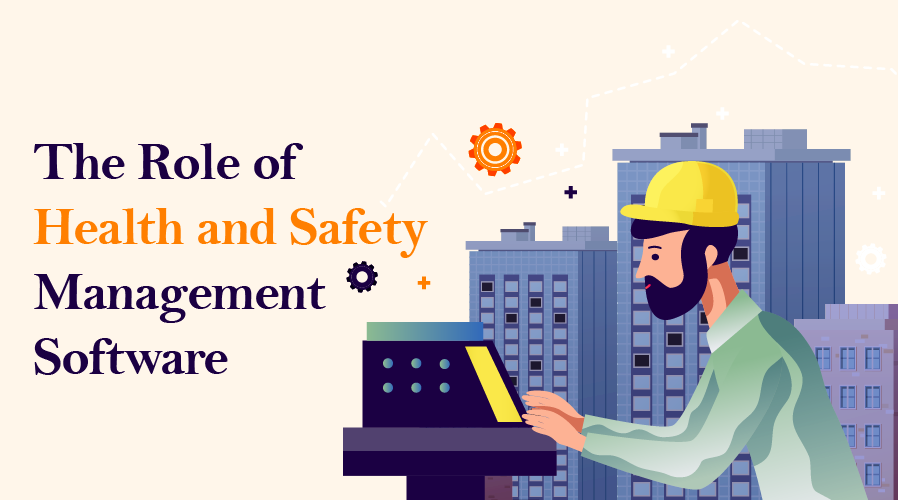Every organization wants two things: growth and satisfied customers. While most businesses focus on streamlining and perfecting their processes, employees and their needs are often overlooked. It is a well-known fact that employees who feel safe at their workplace are more likely to contribute to their work positively.
A happy and secure employee champions the organization's visions. When employees feel safe, they participate in the organization's growth and facilitate better customer service. The responsibility of creating a safe workplace falls largely on the shoulders of management. However, employees have a big part to play in it, too. Employees are at the helm of daily operations, which means they are the first to witness, report, and respond to health and safety incidents.
Employees who are trained well can identify and respond to health and safety hazards promptly. This means the role of safety training and awareness cannot be ignored. Let's take a closer look at the importance of training in health and safety and how health and safety management software help you achieve OHSAS compliance.
What is OHSAS 18001?
OHSAS 18001 is an international standard and framework for occupational health and safety management systems. It provides a framework to help organizations control and reduce risks associated with health and job safety in the workplace. The standard focuses on improving employee safety, reducing workplace risks, and creating better, safer working conditions.
Why Occupational Health and Safety is Important
Reducing Workplace Injuries
Occupational health and safety measures prevent accidents and injuries. Implementing these measures minimizes the risk of harm and ensures that employees can accomplish their tasks without fear of injury.
Boosting Employee Morale
When employees see that their health and safety are prioritized, it enhances their morale. A safe workplace fosters a positive environment where employees feel valued and cared for, increasing motivation and productivity.
Compliance with Legal Requirements
Following occupational health and safety standards and regulations is a legal obligation for businesses. Compliance helps avoid penalties, lawsuits, and legal complications, ensuring smooth and uninterrupted operations.
Lowering Healthcare Costs
Effective health and safety measures reduce the incidence of work-related illnesses and injuries. This leads to lower healthcare costs for the organization and its employees, as fewer resources are needed for medical treatments and compensation claims.
How Do Employees Contribute to OHSAS 18001 Implementation?
Reporting Hazards
Employees play a central role in identifying and reporting potential hazards in the workplace. Prompt reporting helps address risks before they lead to accidents or injuries.
Following Safety Guidelines
Adherence to established safety guidelines ensures a consistent approach to health and safety. Employees following these protocols minimize risks and contribute to a safer work environment.
Engaging in Safety Meetings
Participation in safety meetings allows employees to stay informed about safety practices and updates. These meetings encourage a culture of occupational health and safety and provide a platform for sharing ideas and concerns.
Using Personal Protective Equipment (PPE)
Proper use of PPE is essential in preventing injuries and health issues. Employees must wear the appropriate equipment to protect themselves and their coworkers.
Conducting Safety Inspections
Employees can actively participate in safety inspections to identify potential risks. Regular inspections ensure that safety measures are effective and that any issues are promptly addressed.
Why Safety Training is Important

Increase Awareness
Safety training helps your organization understand potential hazards in the workplace. When employees notice signs of these dangers, they can implement proactive steps to avoid them. This knowledge helps prevent accidents and injuries, keeping everyone safe.
Prevent Accidents
Learning proper safety procedures through training ensures employees know how to perform tasks correctly. This information reduces the risk of accidents, and the workplace becomes safer when everyone knows the right way to do things.
Comply with Regulations
Your organization must follow certain health and safety laws. Safety training helps employees understand these regulations. Following these rules, help your company avoid legal issues and penalties, keeping operations running smoothly.
Improve Response to Emergencies
In an emergency, knowing what to do can make a big difference. Safety training prepares employees to respond quickly and correctly. This preparation can help reduce harm and prevent situations from getting worse.
Enhance Job Performance
Employees can perform their jobs more confidently when they know the safety procedures. This confidence leads to higher efficiency and fewer mistakes. Proper training helps them work better and contribute more effectively to the team.
Promote a Safety Culture
Regular safety training helps create a workplace where everyone prioritizes health and safety. When employees regularly discuss and practice safety, it becomes a natural part of the work culture. This culture makes everyone more mindful of their actions, leading to a safer environment.
Reduce Financial Losses
Accidents and injuries can be expensive as they leading to heavy medical costs and compensation claims. By ensuring employees follow safety training, you help prevent these incidents. Fewer accidents mean lower costs for your company, protecting its financial health.
How to Train Employees for Health and Safety
Identify Training Needs
Start by assessing your workplace's specific health and safety needs. Identify potential hazards and determine what training is required to address them. This step ensures that your training program is relevant and effective.
Create a Training Program
Develop a structured training program based on the identified needs. Include topics such as emergency procedures, proper use of equipment, incident investigation and hazard recognition. Make the content clear and easy for all employees to understand.
Implement and Monitor Using OHSAS Software
Use OHSAS software to implement and track your training program. The software helps you monitor who has completed the training and identify any gaps. It ensures that all employees stay up to date with their training requirements.
Evaluate Training Efficiency
Monitor and evaluate the effectiveness of your training program regularly. Gather feedback from employees and observe their adherence to safety procedures. Use this information to make necessary adjustments and improve the training.
Update the Training Program Regularly
Keep your training program current by regularly updating it to reflect new regulations, technologies, and workplace changes. Regular updates ensure your employees have the most relevant and accurate information to stay safe.
The importance of occupational health safety training is undeniable regarding OHSAS compliance. Safety awareness and training equip employees with the knowledge and skills to notice, identify, report, and manage safety issues without delays.
OHSAS Software can help your organization create and implement an ideal training program to keep your employees up-to-date on all safety and health-related protocols and guidelines. Additionally, it helps you manage all documentation related to health and safety and track training progress.
With the right OHSAS Software, you can create a safe and healthy organization for your employees and invest toward a more productive and efficient future.
















